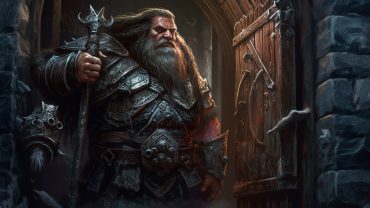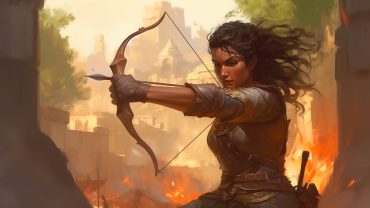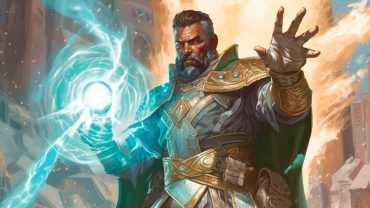Control the battlefield using Polearm Master 5E feat. We cover the mechanics, tactical advantages, and best polearms to maximize this feat's potential.
5E Feats
Feats are special abilities or talents that characters can acquire as they progress in the game. They offer players the opportunity to further develop their characters by granting them unique bonuses and abilities that are not available through class features or skills.
There are two ways to obtain feats in DnD 5E: during character creation or by sacrificing an ability score increase gained at certain levels. During character creation, players can choose to start with one feat, provided their character meets the prerequisites for that feat. Alternatively, characters can choose to take a feat instead of an ability score increase when they reach certain levels.
Each feat has its own specific requirements and benefits. Some feats may require specific skills or levels of proficiency, while others may require a certain race or class. Feats also vary in their effects, ranging from providing bonuses to specific skills, to granting new abilities such as spells or attacks.
Feats are a great way to customize your character to fit your playstyle and goals. For example, a player who wants to create a cunning and stealthy rogue might choose the “Skulker” feat, which grants bonuses to stealth and allows the player to hide more easily. Alternatively, a player who wants to create a durable and resilient fighter might choose the “Tough” feat, which grants additional hit points and increases their maximum hit point total.
It’s important to note that not all DMs allow the use of feats in their games, as they can sometimes unbalance the game or make certain characters more powerful than others. However, for those who do allow feats, they offer a fun and exciting way to further customize your character and make them stand out from the rest.




